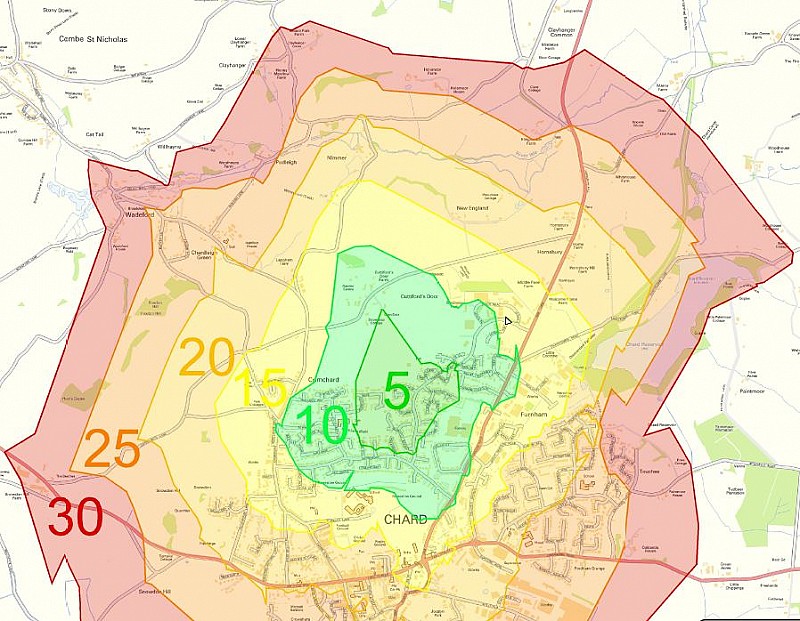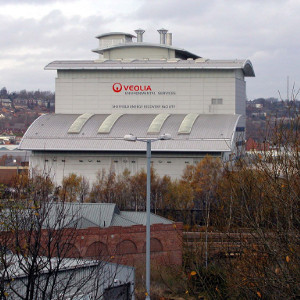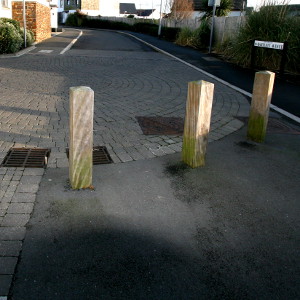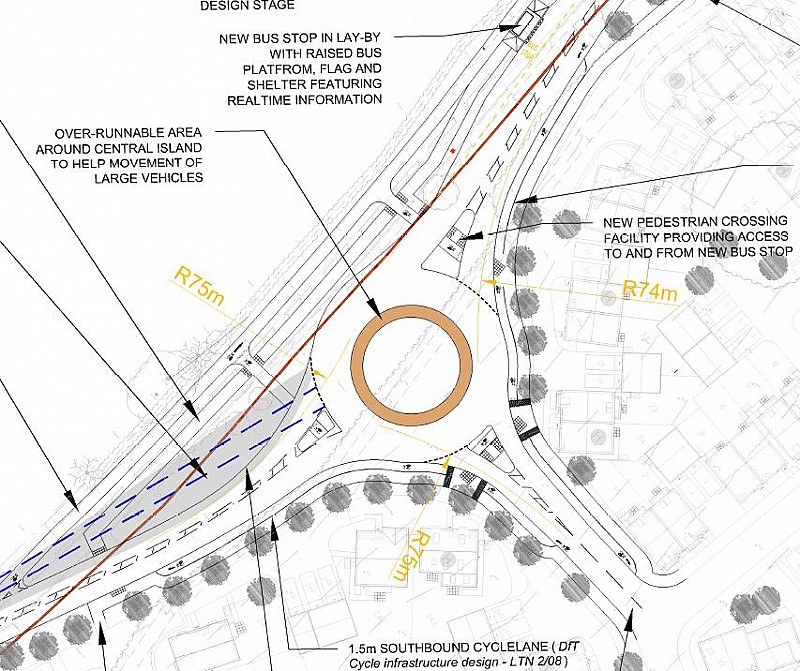TRANSPORT PLANNING
-

The overall accessibility of a site is a key factor in its acceptability for new development proposals. A site should normally be accessible by all means of transport including walking, cycling, by public transport and by the private car plus access for larger vehicles such as refuge vehicles and delivery lorrys. The sustainability of a site is generally assessed in relation to its accessibility and the level of demand for all travel that a new development will generate. Should a site lack certain transport facilities then the development proposals may need to incorporate improvements and these should be proportionate to the level of travel likely to be generated by the proposals.
-

Larger development projects and those in sensitive locations may require an Environmental Impact Assessment (EIA) to be submitted with the planning application. KTC has experience of providing input to the EIA for a variety of development projects including:
- major residential schemes;
- waste management projects;
- leisure schemes;
- an inland marina;
- a new hospital;
- a wind farm;
- the relocation of a city centre road to facilitate flood alleviation works
- a large city centre retail development; and
- a major trunk water main
-

KTC directors have extensive experience of presenting expert evidence at public inquiries, most often when planning permission for new development has been refused. Together, they have experience of attending formal planning appeals and informal hearings, providing evidence via written representations and of presenting evidence at an enforcement appeal, a court hearing and a conjoined compulsory purchase and stopping up inquiry.
Examples of projects involving the presentation of evidence as an expert witness include:- Cabot Circus, Bristol
- Whatley Quarry, Frome
- B&Q Warehouse in Redditch
- Residential development in Portishead on behalf of Bristol City Council
- Land for residential development south of Clevedon
- Middlewich Bypass and residential development
- Residential development and rail halt in Wokingham
- Food superstore in Bristol on behalf of Bristol City Council
- Residential development at Siston Hill in Kingswood
- Technology centre in Bicester
- Residential development in Axminster
- Mixed-use development at Templecombe
- Compulsory purchase order inquiry in Ealing
- Residential development in Chard
- Wind farm inquiries in Devon and Mid Wales
-

The satisfactory availability of public transport for new development projects is a key issue for a successful scheme and for securing planning permission.
Public transport accessibility is addressed in the majority of Transport Assessments and Transport Statements prepared for new developments.
KTC staff have undertaken public transport specific projects including public transport interchange and park and ride studies.
-

The closure or ‘stopping up’ of public highways is sometimes required to enable development to proceed. KTC has experience of the stopping up process which, if associated with development proposals, is normally via Section 247 of the Town and Country Planning Act 1990.
Following changes designed to speed up the process in 2013, an application for stopping up can be made and progressed once the planning application has been submitted rather than waiting until planning permission has been granted. Application is made to the National Transport Casework Team of the Department for Transport. Statutory undertakers with plant in the affected area of highway to be closed need to be consulted and satisfied that their plant can be satisfactorily relocated.
-
It is relatively common for a new development proposal to require a new Traffic Regulation Order (TRO) or changes to an existing Order, either on a temporary or permanent basis. These can include the introduction of restrictions for on-street parking in the vicinity of a development site, often related to the construction period of a scheme.
KTC staff have experience of designing and promoting TROs in liaison with local highway authorities.
-
Transport Assessments and Transport Statements are now required to accompany planning applications for all but the smallest developments.
The scope of a Transport Assessment can vary depending on the type of development proposed but a common theme is assessing the transport implications of a proposal by all modes of travel.


